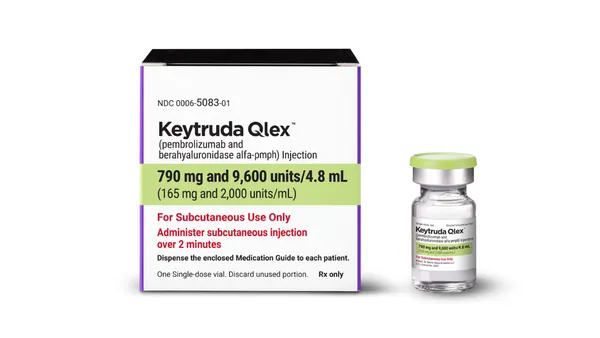Creating a Connected Environment Communication Strategies Brian Heffernan Chief Marketing Officer The environment for DTC is changing and critics are lining up to point out its shortcomings. Despite the criticism, pharma marketers and their agencies can work responsibly and effectively to connect brands to customers. The evolution of DTC and how it changes in a new era will hinge upon marketers’ ability to bridge communication gaps and help all of their customers — physicians, patients, nurses, caregivers, payers, and pharmacists — make connected healthcare decisions. The role of DTC marketing has changed dramatically in the 10 years since mass marketing of pharmaceutical products to consumers was first permitted. Early DTC efforts focused on directing consumers to ask their physicians for certain products, but there was little or no connectivity with the full range of stakeholders. Today, because healthcare customers are more knowledgeable and information is more widely accessible to all audiences, there’s more pressure for advertising messages to be succinct and comprehensive and to address everyone who is involved in making healthcare decisions. Understanding Interrelationships Among Stakeholders Although patients play an integral role in guiding the choice about which pharmaceutical products are most prescribed, the prescription decision is ultimately dependent on the other decision makers and influencers, including physicians, nurses, pharmacists, and payers. There is a dynamic interrelationship among all of these groups. Marketers who understand those interrelationships and are able to leverage them have a significant competitive edge. Unfortunately, brand teams are often not structured to take advantage of the interdependence of these groups. “Professional” and “consumer” marketing still operate in silos, often employing completely unconnected resources to manage multiple efforts. The result is fragmented marketing that results in disjointed communication. If pharma companies expect to meet the challenges of a more demanding marketplace and regulatory system, the silo approach must be reevaluated. A new marketing model that addresses crucial gaps in communication and considers how all customers relate to and influence the brand is needed. Discovering and Bridging the Gaps If pharma marketers and their agencies are to effectively connect the communications between all stakeholders, there needs to be more research to uncover where the gaps between the groups exist and how to bridge them. As marketers develop strategies, a key element in the planning process should be uncovering ways to connect the messages to create dialogues among all healthcare decision makers. As skyrocketing healthcare costs continue to rise, patients now are tasked with taking a more active role in controlling their conditions and seeking treatments. It’s the marketer’s responsibility to help them achieve that goal by providing more educational messages that will help them to be better informed. By doing this, patients can engage in a better dialogue with their physicians and help close the gap in their discussions. The more connected patients feel — whether it’s to a brand or to the relationship with their physician — the more committed they are to achieving better health. By initiating a conversation with their physician, patients take on a more responsible role and, hopefully, obtain a better understanding of their particular illness or condition. These positive actions also help to bridge the gap with payers because customers who actively participate in managing their health, have better outcomes and healthcare spending costs are reduced. As pharmaceutical companies face higher scrutiny and stricter regulatory guidelines, achieving a more sophisticated marketing structure and comprehensive process will be a significant endeavor, requiring both time and commitment. But the rewards of bridging the gaps to better communication will be well worth the effort for pharma companies, their agencies, and healthcare decision makers alike. The evolution of DTC and how it changes in a new era will hinge upon marketers’ ability to bridge communication gaps and help all of their customers. GSW Worldwide, Westerville, Ohio, an inVentiv Health company, is one the largest healthcare advertising agencies in the world. For more information, visit gsw-w.com. March 2007 VIEW on Advertising
An article from


Creating a Connected Environment
Filed Under:
Commercialization










